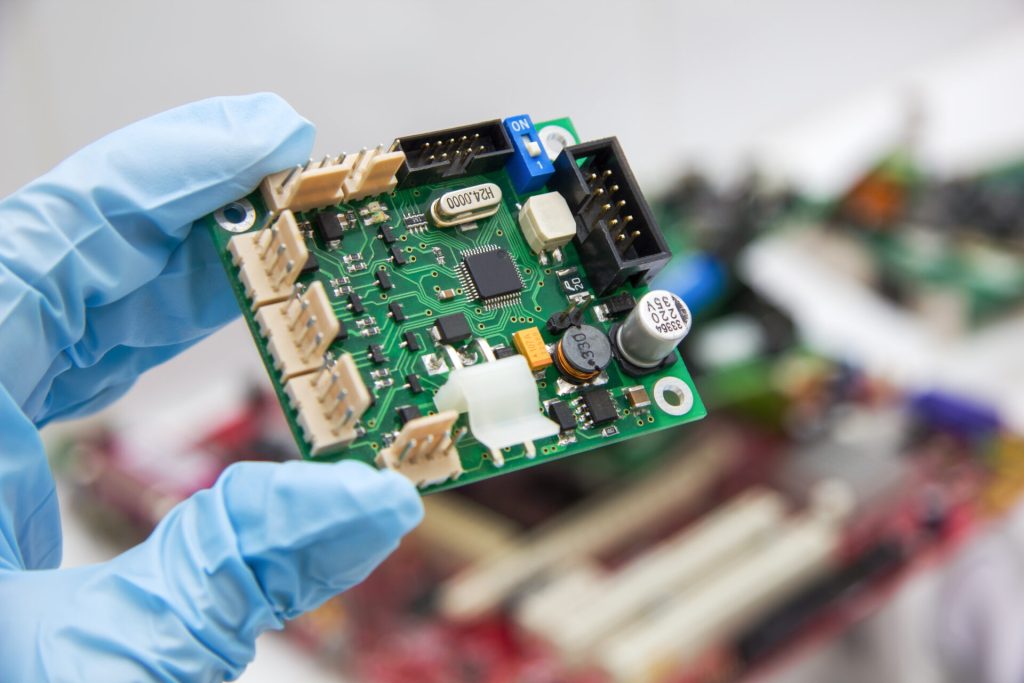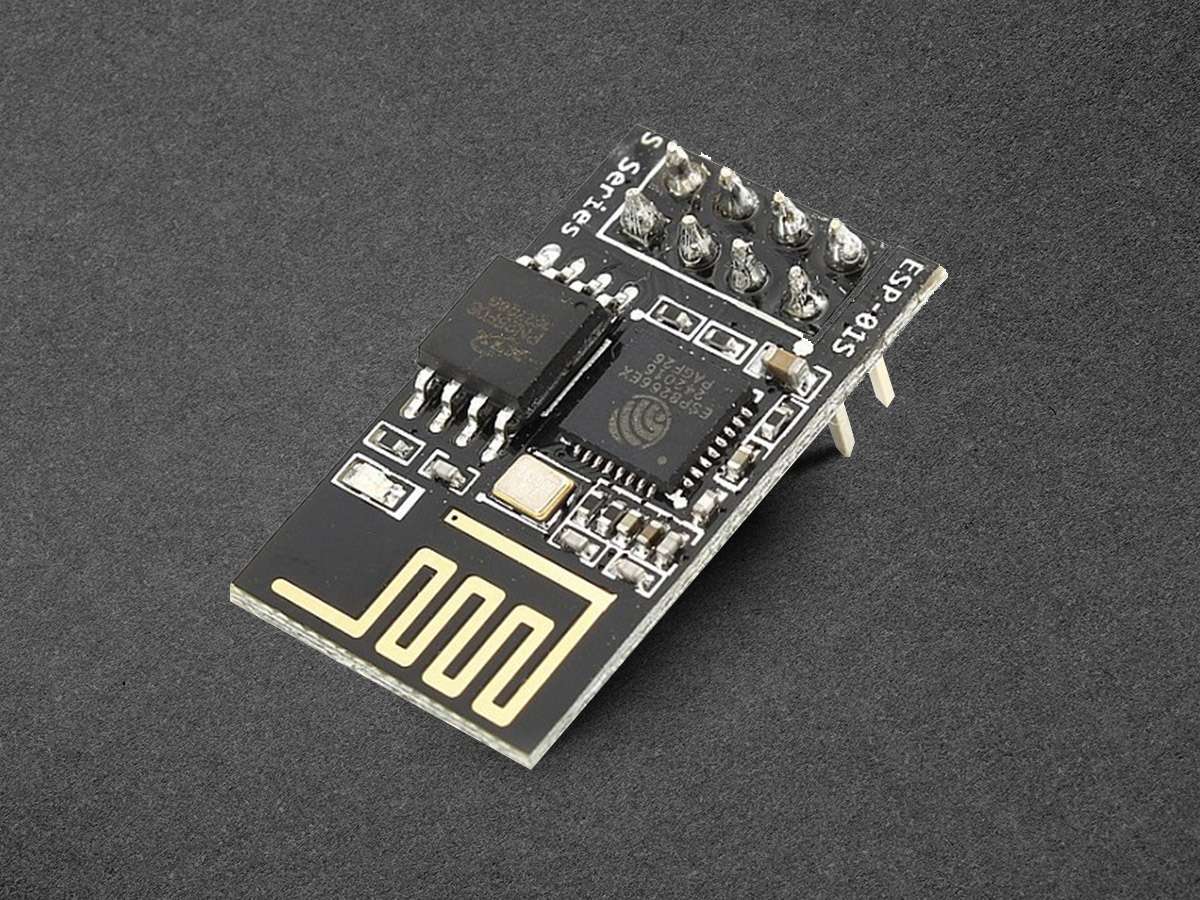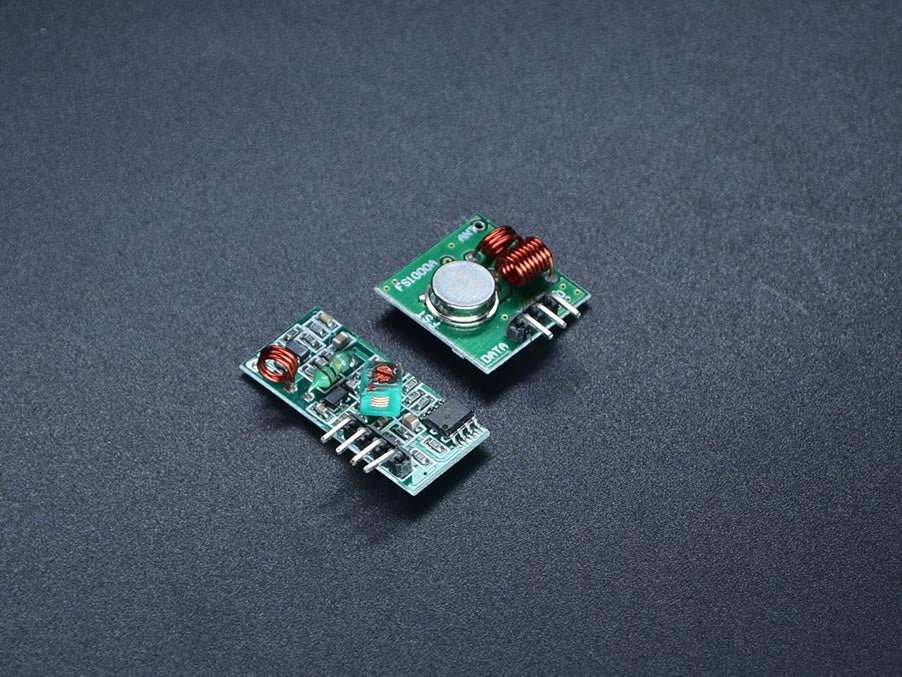Wireless technology powers modern products across consumer electronics, industrial automation, automotive, and IoT devices. Engineers must decide whether to use an off-the-shelf Wireless Module or invest in a custom design. Both options provide advantages but also come with trade-offs. Understanding these differences helps decision-makers balance cost, time, and performance effectively.
Speed to Market
Off-the-shelf solutions allow companies to launch products faster. Modules come pre-certified, tested, and ready for integration. Developers can shorten design cycles, reducing time-to-market significantly. This advantage matters for consumer devices where competition moves quickly. Custom wireless modules, however, require additional design, testing, and certification. The process takes longer but allows deeper optimisation. When timing is critical, ready-made modules often provide the fastest route.
Cost Considerations
Pricing is one of the most important factors in selecting wireless modules. Off-the-shelf modules reduce upfront investment because tooling and certification are already included. Companies can avoid expensive development programs. However, unit costs may be higher in large production runs. Custom designs require larger initial spending, but they may lower the cost per unit at scale. Therefore, volume forecasts should guide the financial decision. A small run may justify off-the-shelf, while millions of units may favour custom.
Design Flexibility
Pre-built modules limit flexibility. Engineers must work within the available specifications, such as power output, size, and supported protocols. This can restrict innovation if the product requires unique performance. In contrast, custom wireless module designs give full control. Companies can tailor frequency bands, antenna placement, or firmware features. However, this flexibility demands engineering expertise and longer development time. Choosing depends on whether adaptability or simplicity is the priority.
Certification and Compliance
Off-the-shelf wireless modules often come with pre-approvals for major markets such as FCC, CE, and IC. This saves considerable effort, as testing labs and certification processes can be costly and time-consuming. Manufacturers only need to confirm integration compliance. Custom modules require starting certification from scratch. This adds risk, delays, and significant expense. For businesses targeting global markets, pre-certified solutions reduce complexity. For unique projects with special frequencies or power requirements, custom certification becomes unavoidable.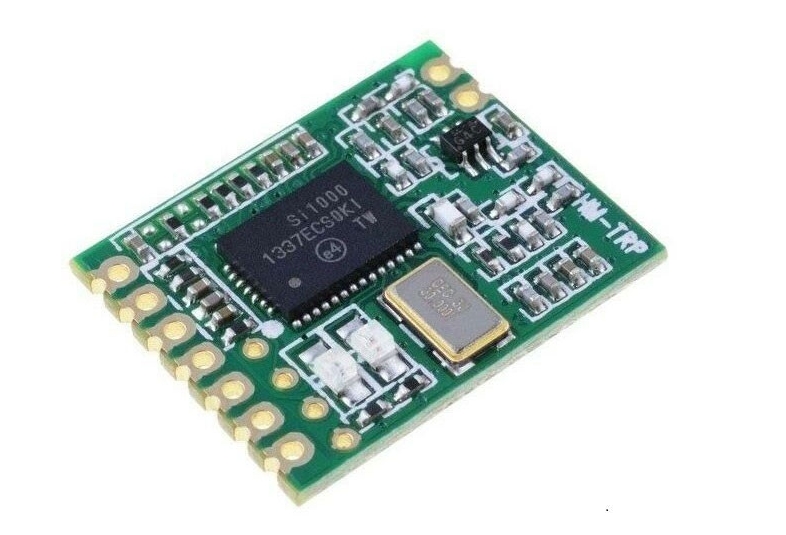
Performance Optimization
Standard modules are built for general use, covering a wide range of applications. While reliable, they may not deliver the highest efficiency in every scenario. Custom designs enable precise optimisation for signal strength, power consumption, and durability. For example, industrial devices may need an extended range and a rugged design. Medical devices may demand low power and secure data handling. In these cases, a custom wireless module provides significant advantages. Still, for everyday consumer devices, standard modules usually perform well enough.
Scalability and Supply Chain
Off-the-shelf modules simplify sourcing because they are widely available through distributors. This ensures a stable supply during initial production. Yet, dependence on a single vendor can create risks if demand rises sharply or if product lines are discontinued. Custom designs offer more control over supply chains, since production can be shifted to multiple manufacturing partners. However, this requires long-term planning and stronger procurement management. Companies must weigh the risks of reliance against the control of customisation.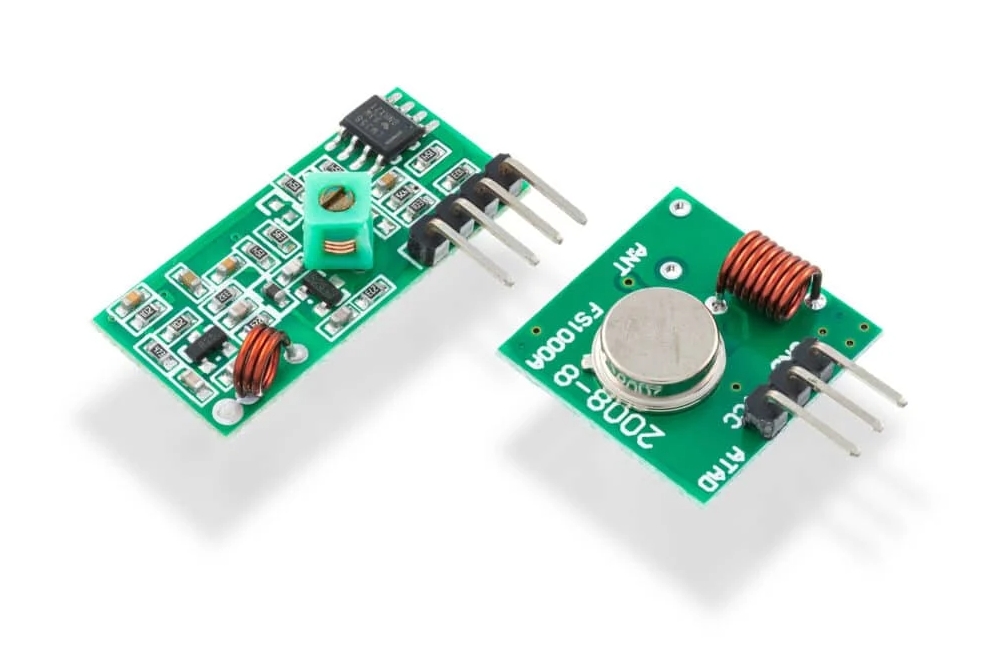
Support and Maintenance
Standard modules come with vendor support, datasheets, and reference designs. This reduces engineering workload and speeds troubleshooting. The supplier handles updates for firmware or compliance. Custom wireless module designs require in-house or contracted support teams. This increases responsibility but also gives greater control over product evolution. Maintenance decisions, therefore, hinge on whether the company values vendor assistance or prefers independent development. Both options have merit depending on internal resources.
Comparing Off-the-Shelf vs Custom Wireless Module Designs
In conclusion, the choice depends on priorities. Off-the-shelf solutions offer speed, convenience, and reduced certification effort. They suit companies seeking faster launches with smaller production runs. Custom wireless modules demand greater investment but provide unmatched flexibility, optimisation, and long-term cost benefits at scale. Businesses must analyse time-to-market, unit volume, performance needs, and support capacity. By weighing these factors carefully, decision-makers can select the right approach for their next Wireless Module project.

